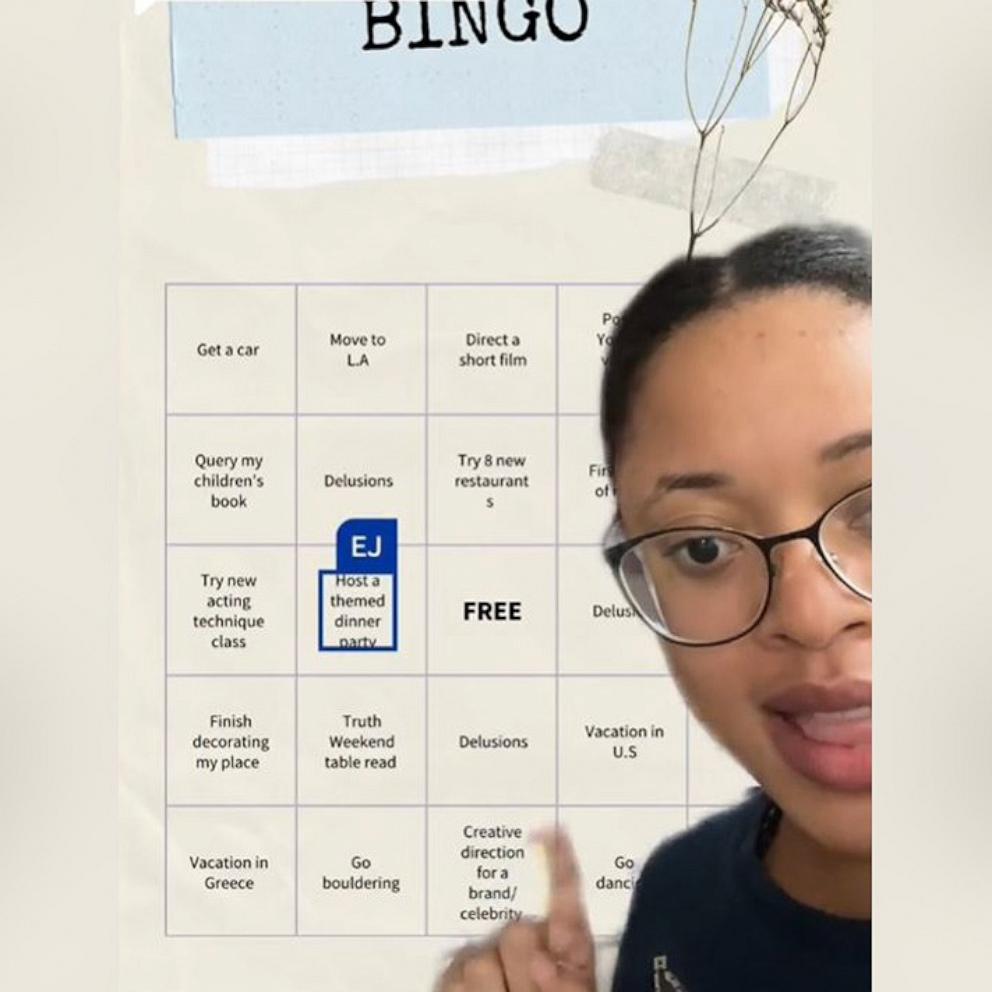Cheerleader Who Suffered Multiple Concussions Warns Other Athletes
— -- Concussions are associated with sports such as football, soccer and even baseball, but Kaitlyn Behnke is issuing a warning about another physical activity: cheerleading.
Behnke, 22, started competitive cheering when she was just 6 years old, and for the next 15 years she practiced 15 hours per week. During that time says she suffered five concussions and was forced to quit her lifelong passion because the risk was too high.
“It's been over a year and I still have headaches 60 to 70 percent of the day,” she said.
Behnke said she suffered a sixth concussion after leaving the sport. She claims that concussion, which occurred while moving furniture, would not have happened if she had not suffered five previous concussions.
Behnke told “Good Morning America" that she made the decision to give up cheerleading after seeing a specialist in Houston, where she said she learned that she would likely suffer even more concussions if she continued to cheer.
“And who knows what the side effects of those would be because I was already seeing some memory issues,” said Behnke, who is now a senior at the University of Texas in Austin.
Behnke’s first concussion came when she was 13 years old -– not from flying through the air and falling, but from lifting another girl into the air.
“I caught the girl and both my arms were around her and it just so happened that I missed the mat when I fell and I hit my head right on the basketball floor. That one was scary because I did lose vision for a while,” she said.
Cheerleading has long been part of American sports culture, and it is now more popular than ever. By one estimate, 3 million young people cheer -- more than 400,000 at the high school level.
Cheerleaders are no longer only on the sidelines. Many cheer competitively -– performing routines that features complex acrobatic stunts, flips and lifts -- and some get injured, sometimes seriously.
According to a 2012 report and policy statement from the American Association of Pediatrics, the risk of “direct catastrophic injury” was “considerably higher” for cheerleading. The AAP said the injuries could result in “permanent injury, paralysis or death.”
From 1982 to 2009, cheerleading accounted for 65 percent of all direct catastrophic injuries to female cheerleaders in high school and for 70 or such injuries at the college level, the report added.
After her fourth concussion -– which occurred when she was a sophomore on the squad at the University of Texas -- Behnke’s long-term effects became more apparent.
“I really started having some ... short term memory issues, not being able to remember where I parked my car, not being able to find words when I was talking, things like that,” she said, adding, “the main one for me is headaches.”
Behnke hopes to raise awareness about cheer injuries so other young women will also begin to take them seriously.
“I think that if I had done everything smarter I would still be cheering right now,” she said. “It's hard but I think that if I had played it smarter and sat out longer and let myself truly recover and not gotten the repetitive concussion, I wouldn't be in the position that I'm in now.”




